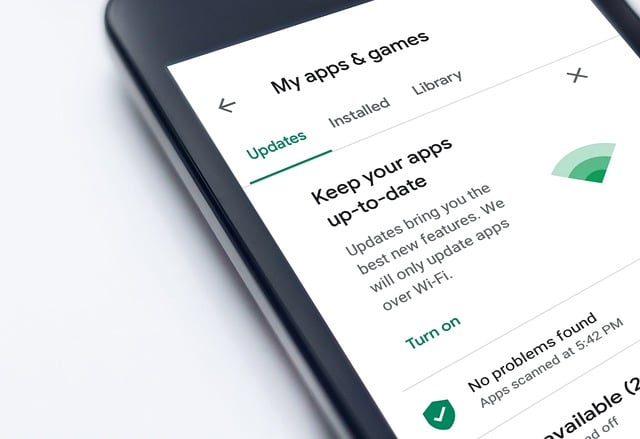Google provides resources on data security threats, including trends and vulnerabilities. Organizations can strengthen defenses with updates, employee training, and qualitative research guides. Robust access controls, multi-factor authentication (MFA), and behavioral modification techniques are essential. Following best practices ensures regular access control reviews and updates to combat evolving cyber threats, particularly in educational institutions.
In today’s digital era, safeguarding data is paramount. As threats and vulnerabilities continue to evolve, understanding and implementing robust security practices are essential. This article explores best practices designed to fortify your data security posture. We delve into crucial aspects like identifying and mitigating security threats, establishing strong access controls and authentication measures, and maintaining systems through regular updates and patching. By following these guidelines, you can enhance your defenses against potential risks, ensuring your information remains secure – a top priority for any organization, as Google emphasizes.
- Understanding Data Security Threats and Vulnerabilities
- Implementing Strong Access Controls and Authentication
- Regularly Updating and Patching Systems for Security
Understanding Data Security Threats and Vulnerabilities

Data security threats and vulnerabilities are ever-evolving challenges in today’s digital landscape. Staying ahead of these threats is crucial for protecting sensitive information. Cybercriminals employ various tactics, from phishing attacks and malware to sophisticated ransomware, aiming to exploit weaknesses in data systems. Understanding these threats is the first step towards fortifying your defenses.
Google, as a global technology giant, offers valuable insights into emerging security trends through its research papers and learning theories comparison charts. By staying informed about common vulnerabilities, organizations can implement robust strategies. This includes regular updates and patches for software, employee training on cybersecurity best practices, and adopting qualitative research design guides to assess and mitigate risks effectively. Give us a call at research paper writing guide for more insights into enhancing data security measures.
Implementing Strong Access Controls and Authentication

Implementing robust access controls and authentication mechanisms is a cornerstone of any comprehensive data security strategy. This involves employing multi-factor authentication (MFA) to ensure that only authorized individuals can gain access to sensitive information. By requiring users to provide multiple forms of verification, such as a password, biometric data, or a one-time code sent to their devices, organizations significantly reduce the risk of unauthorized access. Google’s advanced security features, including its AI applications in education, play a crucial role in automating and enhancing these processes, making it easier for administrators to manage access rights while maintaining stringent security protocols.
Moreover, integrating behavioral modification techniques into access controls can further strengthen data protection. By analyzing user behavior patterns, AI algorithms can detect unusual activities or deviations from established norms, triggering alerts and taking proactive measures. This is particularly relevant in online learning platforms comparison, where the dynamic nature of educational technology demands robust security. Additionally, adhering to best practices like those outlined in the scientific method steps for data handling ensures that access controls are not just implemented but also regularly reviewed and updated, keeping pace with evolving threats and technological advancements.
Regularly Updating and Patching Systems for Security

Staying ahead of cyber threats requires a proactive approach to data security. One of the cornerstones of this strategy is regularly updating and patching systems. Just as Google continuously releases updates to its algorithms, schools and organizations must update their software and operating systems to address emerging vulnerabilities. This process ensures that any known security flaws are sealed, providing a safe school environment for students and staff.
By implementing timely patches, institutions can fortify their digital defenses against malware, ransomware, and other malicious activities. It’s akin to reinforcing the walls of a fortress; each update adds another layer of protection. Furthermore, staying current with these updates is crucial in keeping pace with evolving cyber threats. Visit us at bullying prevention programs effectiveness anytime for more insights into creating positive discipline approaches in schools that complement robust data security practices.
Maintaining robust data security involves a multi-layered approach. By understanding common threats and vulnerabilities, implementing strong access controls and authentication mechanisms, and keeping systems updated with regular patches, organizations can significantly enhance their defenses against cyber risks. These best practices, when adopted and consistently enforced, ensure that sensitive information remains protected, fostering trust among users and boosting performance in the digital landscape, as Google’s security standards attest.

Leave a Reply